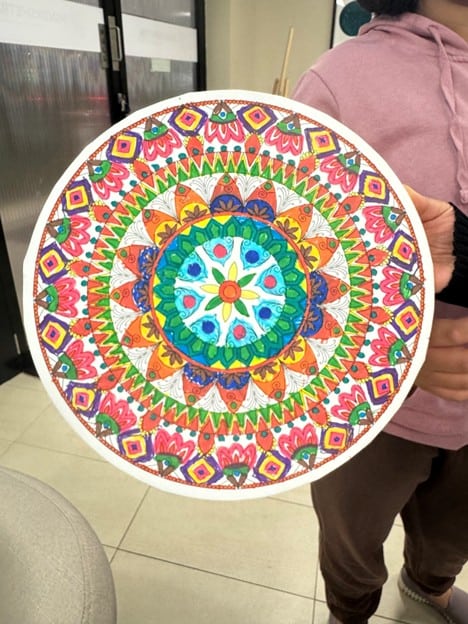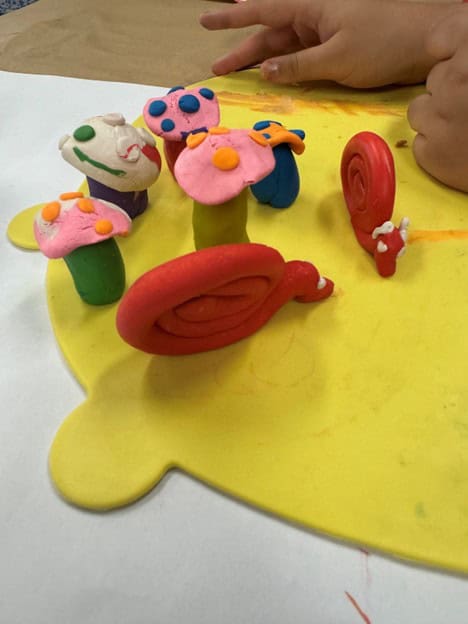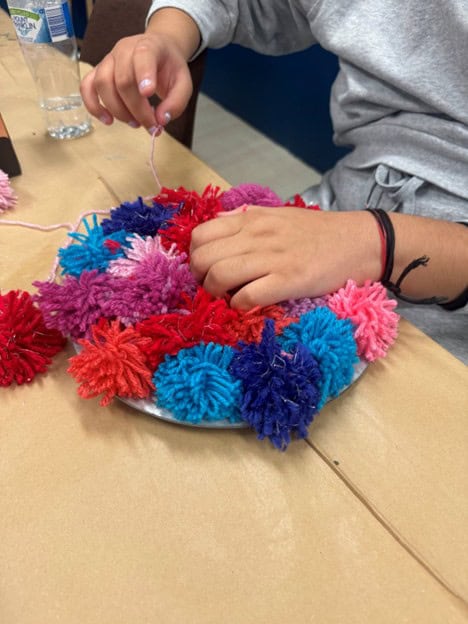
The value of art therapy for those on the autism spectrum
There are many therapeutic interventions to support people with autism spectrum disorders (ASD). Among these, creative therapies such as art therapy, music therapy, dance therapy, and drama therapy have not just shown success but have consistently demonstrated their effectiveness. These therapies have been instrumental in helping autistic individuals develop communication and social skills, as well as enhance their imagination, providing reassurance and confidence in their unique needs. Their success offers hope and optimism for the potential of these interventions. In this blog, we aim to provide insights into the benefits of these creative therapies, particularly art therapy, for individuals with autism spectrum disorders, catering to the interests of parents, caregivers, and professionals in the field.
As a certified Art Therapist, I explore the role of creative art therapy in supporting individuals with autism spectrum disorders and their unique needs. This exploration is sure to pique your interest and provide valuable insights.

Source: P’s Work, 2024 (Published with permission).
Have you ever wondered what creative therapies are exactly?
Creative therapies, also known as expressive therapies, encompass a range of psychotherapeutic modalities that utilise the creative arts, including visual arts, music, dance, and drama, in conjunction with counselling techniques. These approaches aim to enhance individual well-being and support the management of various mental health conditions. The term ‘creative therapies’ is used to describe these interventions because they encourage self-expression and creativity, which can be particularly beneficial for individuals with autism spectrum disorders. In essence, these therapies provide a non-verbal means of communication and self-expression, which can be especially helpful for individuals with ASD who may struggle with verbal communication.
What are some of the creative therapies that can help people with autism?
Art therapy, music therapy, dance therapy, and drama therapy are among the diverse range of creative treatments that can provide significant benefits for individuals with autism spectrum disorder. Each of these therapeutic modalities emphasises the importance of self-expression, thereby facilitating personal development and emotional well-being. Being aware of these options can help in choosing the most suitable therapy for the individual’s needs.
What is expressive art therapy for ASD?
Expressive art therapy represents a transformative practice that integrates visual arts with psychotherapy, providing a distinctive avenue for individuals on the autism spectrum to explore their intricate emotions. Through a diverse array of creative expressions—such as painting, drawing, and sculpting—clients are guided to engage with their inner worlds, fostering mindfulness in the process. This therapeutic approach not only promotes emotional self-regulation but also enhances essential social skills and relationships within a supportive, nonverbal environment. By reducing dependence on verbal communication, expressive art therapy empowers clients to tap into their boundless creativity and vivid imagination, thereby alleviating the pressures associated with articulating their feelings. In this supportive setting, creativity serves as a powerful medium, facilitating the emergence of significant personal insights and interpersonal connections.
How does art therapy help with autism?
Autism Spectrum Disorder (ASD) is a neurodevelopmental condition characterised by challenges in social communication and interaction, as well as repetitive behaviours. It is essential to understand that ASD exists on a spectrum, meaning that individuals can experience a wide range of symptoms and challenges, from those who are high functioning to those who are non-verbal.
Art therapy can significantly support individuals with Autism Spectrum Disorder (ASD) by providing a creative outlet for expression and communication. These therapy sessions can be structured or free-flowing, making art therapy a versatile and effective intervention for clients with diverse needs. It can aid in self-expression, promote mindfulness, and provide relief from challenging behaviours, giving caregivers and professionals confidence in its effectiveness.
What type of art is suitable for individuals with autism?
There is no single medium universally recommended for working with individuals on the autism spectrum. However, my experiences suggest that clients frequently respond positively to mediums that facilitate kinesthetic exploration. Activities such as manipulating play dough or clay, engaging with different fabrics or yarns, exploring finger painting, building terrariums, or participating in hands-on projects can be particularly effective. These approaches not only promote engagement but also support sensory exploration and develop fine motor skills.

Source: P’s Work, 2024 (published with permission)

Source: P’s Work, 2024 (published with permission)
What therapy is most effective for autism?
As a psychotherapist, I find it challenging to answer this question because there is no single therapeutic recommendation that works best for individuals on the autism spectrum. People on the spectrum have diverse and complex mental health needs. These needs may also vary depending on the individual’s developmental age. For instance, the behaviours to be managed by a preschooler differ from those of an adult. Therefore, it is often advisable to explore a variety of therapeutic interventions. These may include behaviour management, Cognitive Behavioral Therapy (CBT), psychiatric and psychological support, and creative therapies. It can be beneficial for individuals to try different combinations of these therapies over time, based on their current needs, to develop a comprehensive plan for managing their mental health.
Can people on the spectrum be good at art?
The notion of “goodness” in art is inherently subjective. The primary objective of creative therapies, particularly art therapy, is not to produce aesthetically pleasing outcomes but to facilitate self-expression. In my experience, when individuals release their judgments regarding their creations, the resultant work often manifests a sense of beauty. For individuals on the autism spectrum, artmaking frequently serves as a valuable creative outlet. This engagement prioritises enjoyment over the production of a tangible product, thereby enabling individuals to refine their artistic skills more effectively.
Why is art therapy good for autism?
As an art psychotherapist, my response to this question is informed by a combination of extensive experience and what some may consider a personal perspective or bias. However, a growing body of research presents a compelling case: expressive therapies, particularly art therapy, represent invaluable tools within the therapeutic framework. This dynamic modality engages the creative process, enabling individuals to investigate their emotions and experiences through various artistic mediums, such as paint and clay. It facilitates opportunities for healing and self-discovery, thus serving as a powerful ally in the pursuit of mental well-being.
At Mindkshetra, Rupa specialises in creating a safe space for young people on the spectrum and their families. To book a trial session, please contact rupa@mindkshetra.com.au or visit our website at www.mindkshetra.com.au.

Written by:
Rupa is a cultural artist, Art Psychotherapist/ Counsellor, Podcaster and founder of Mindkshetra (a social enterprise) with extensive experience working with young people and their families.
More Articles:
